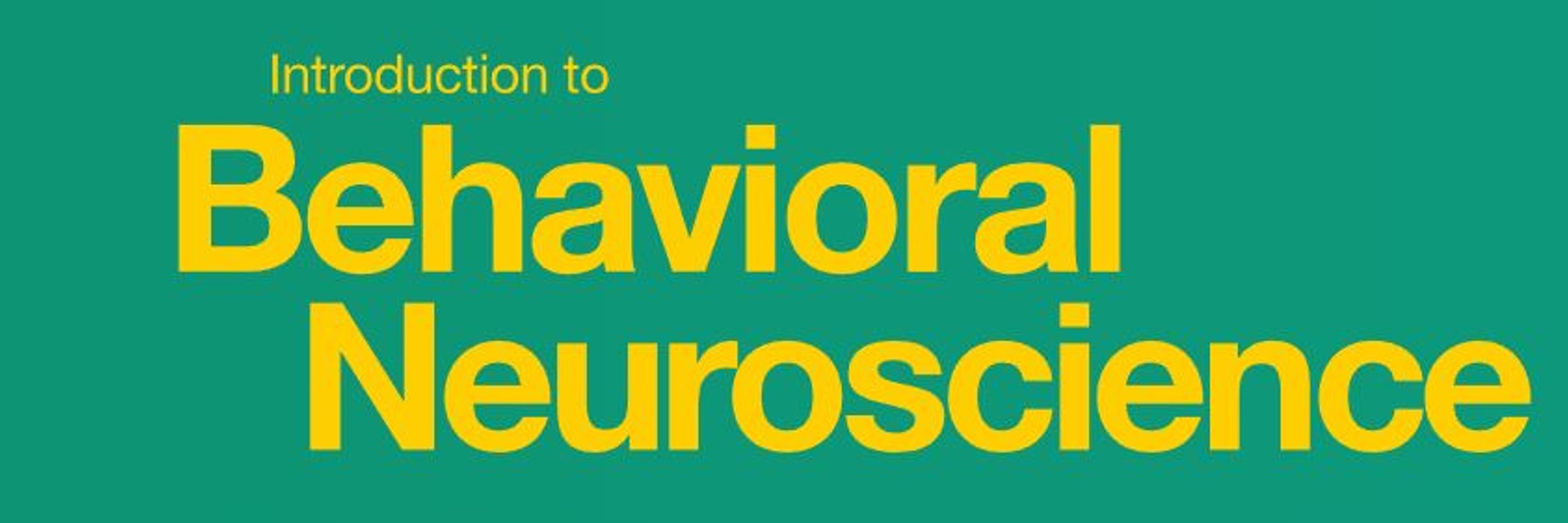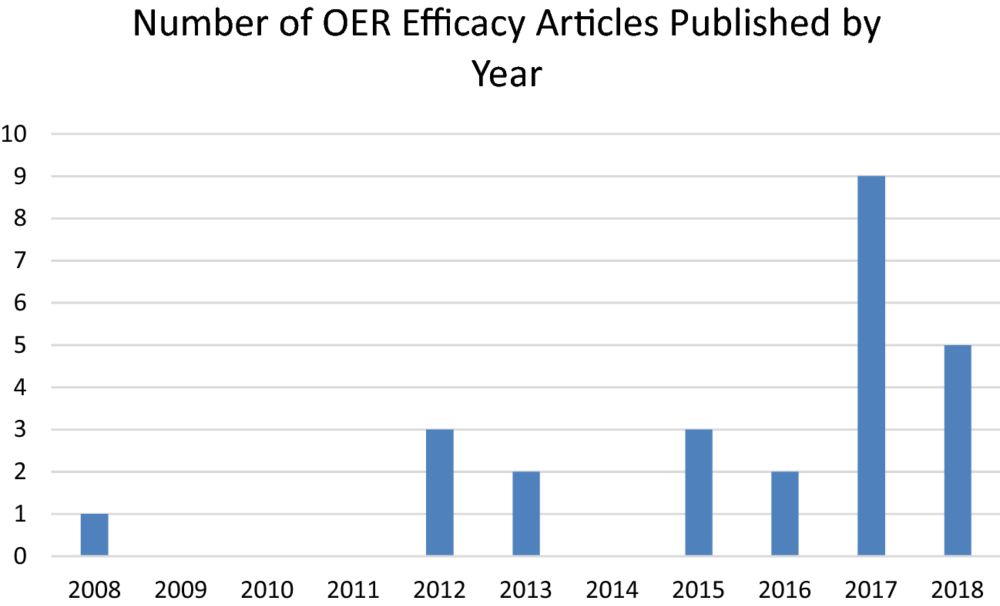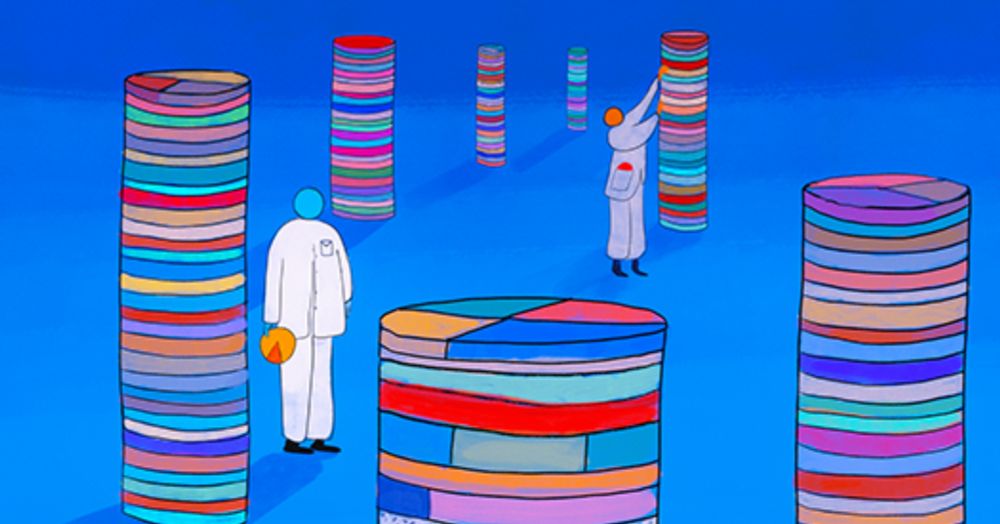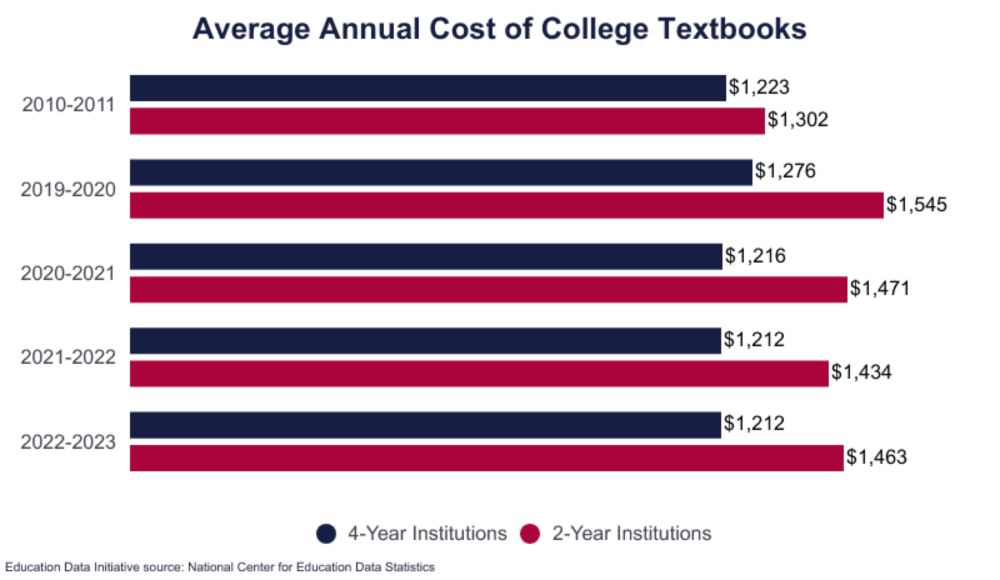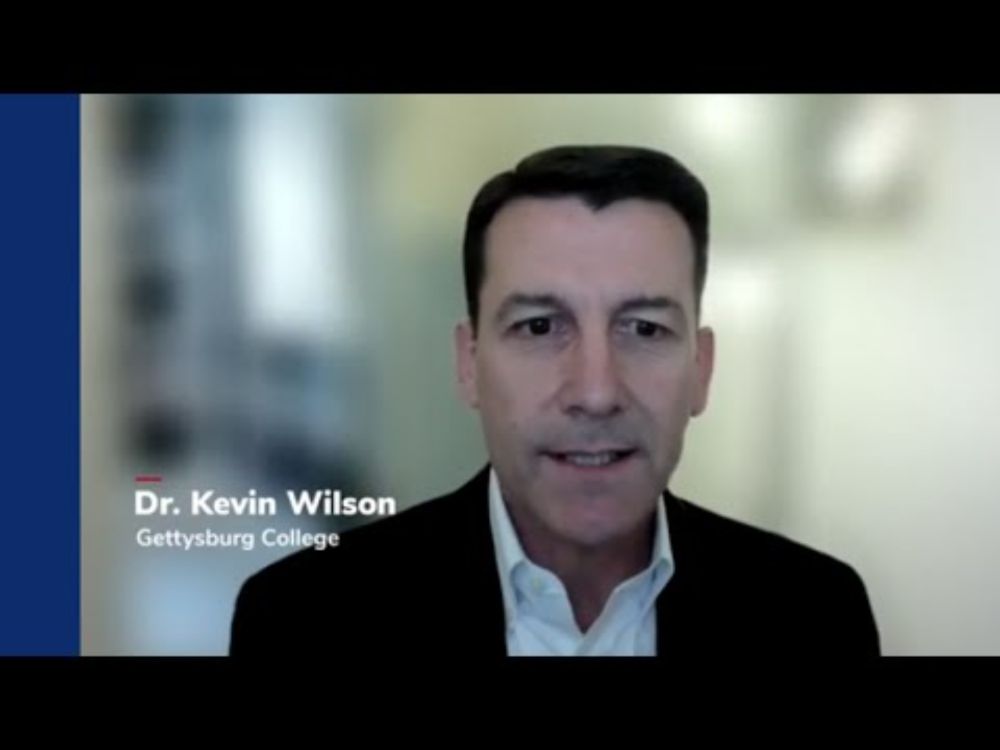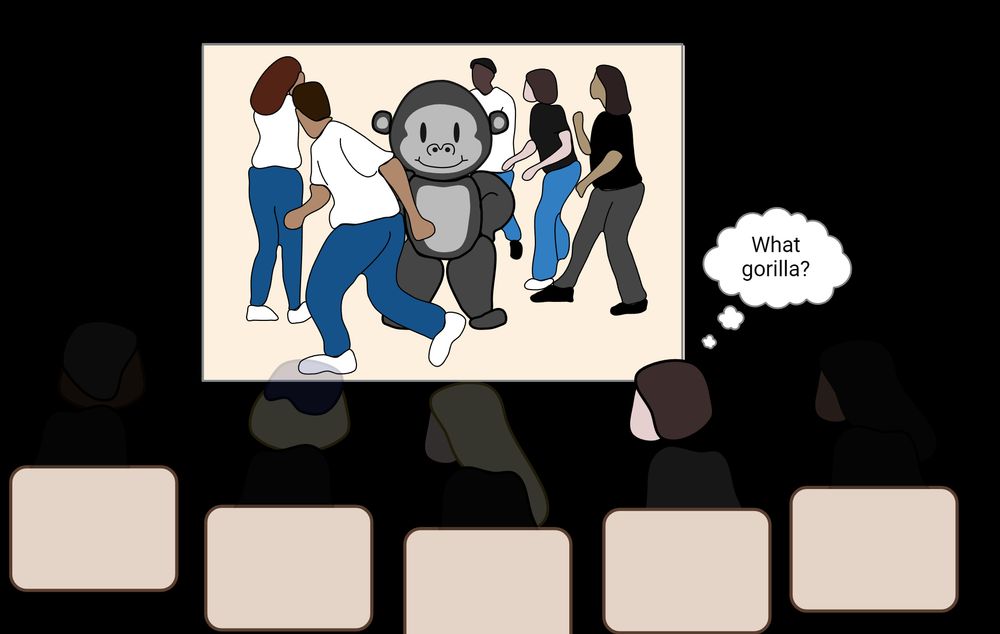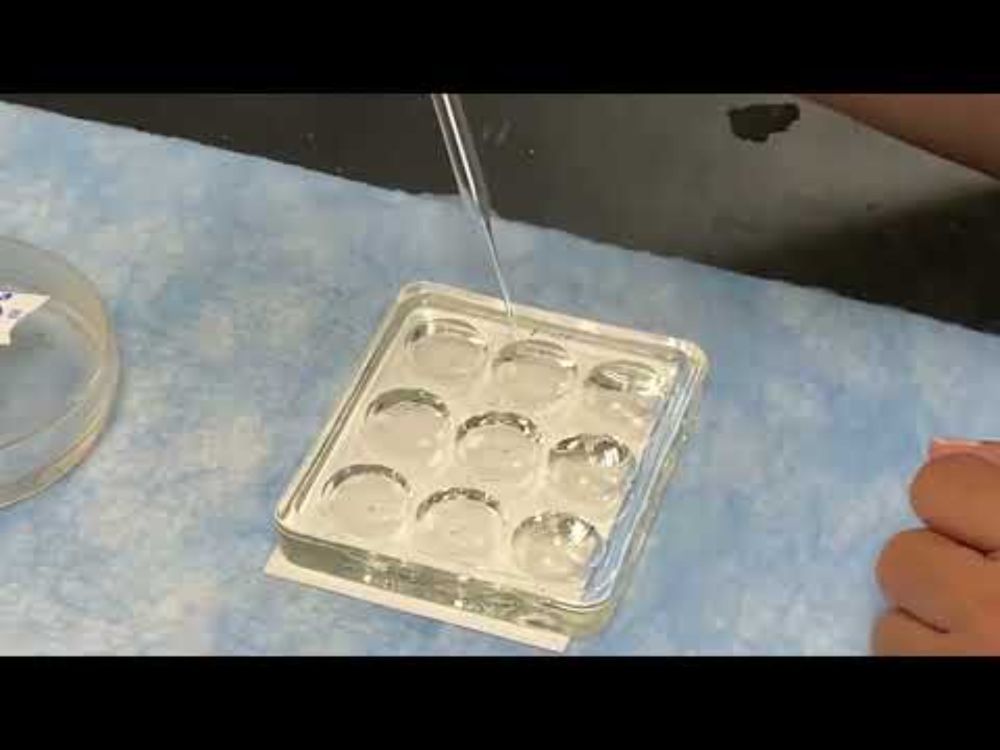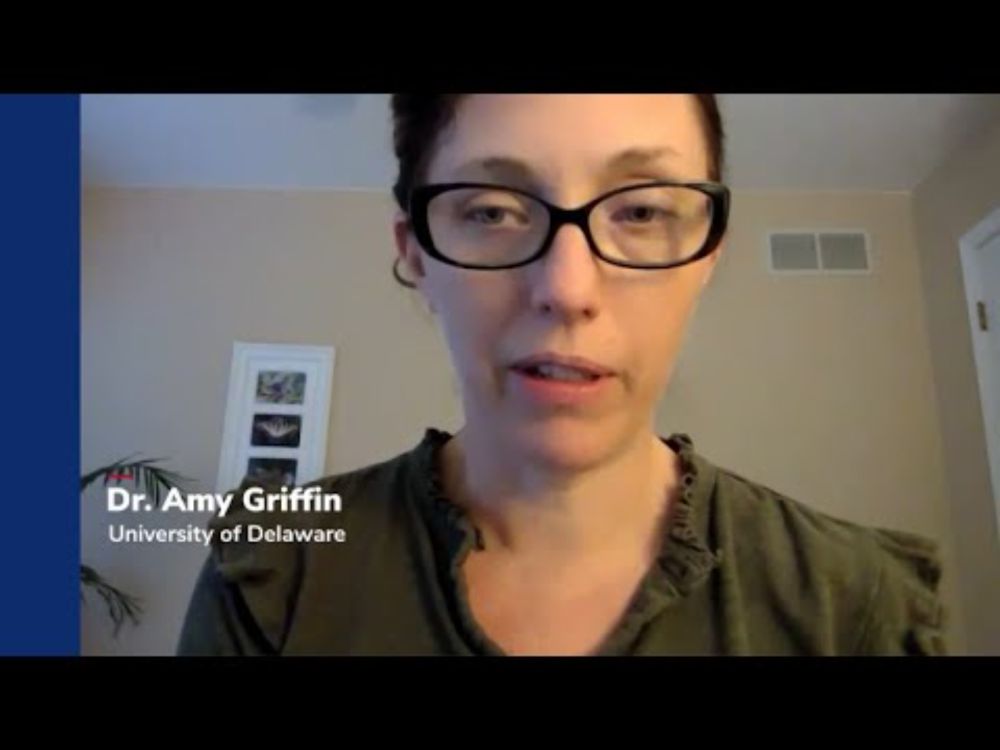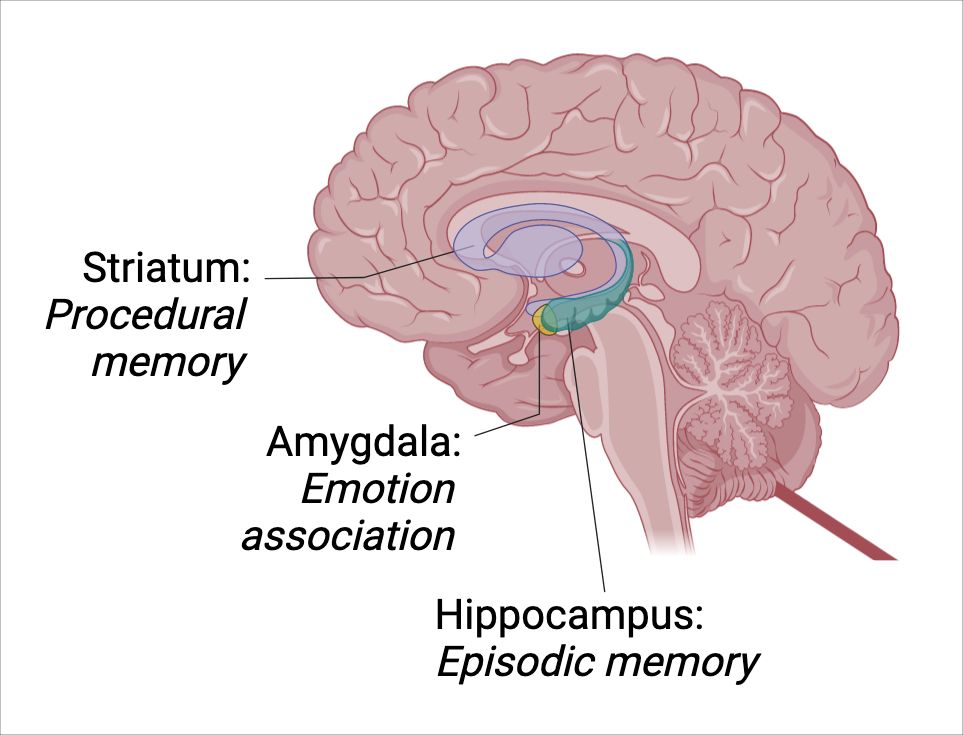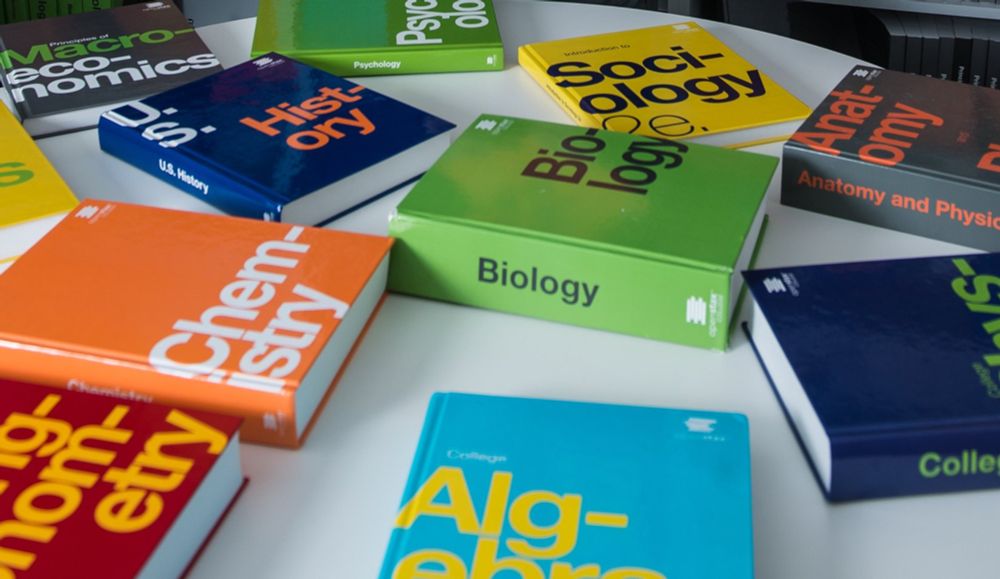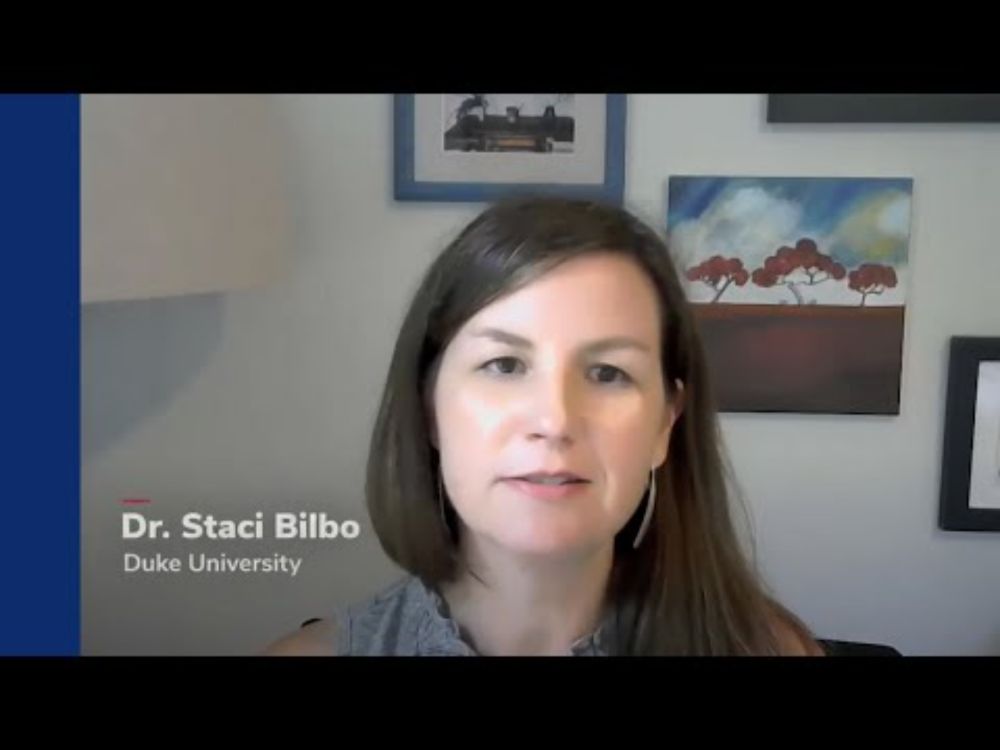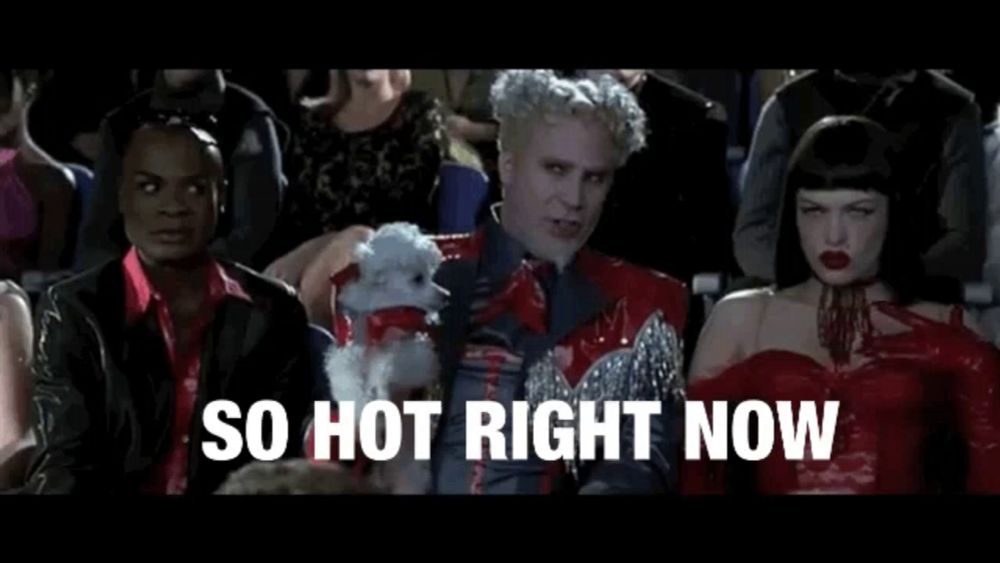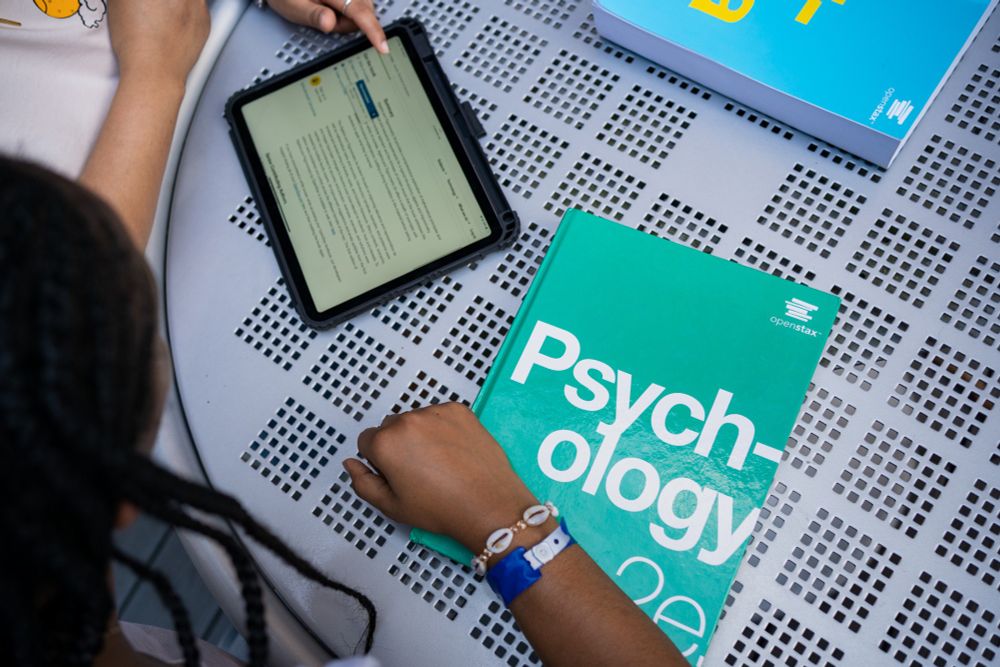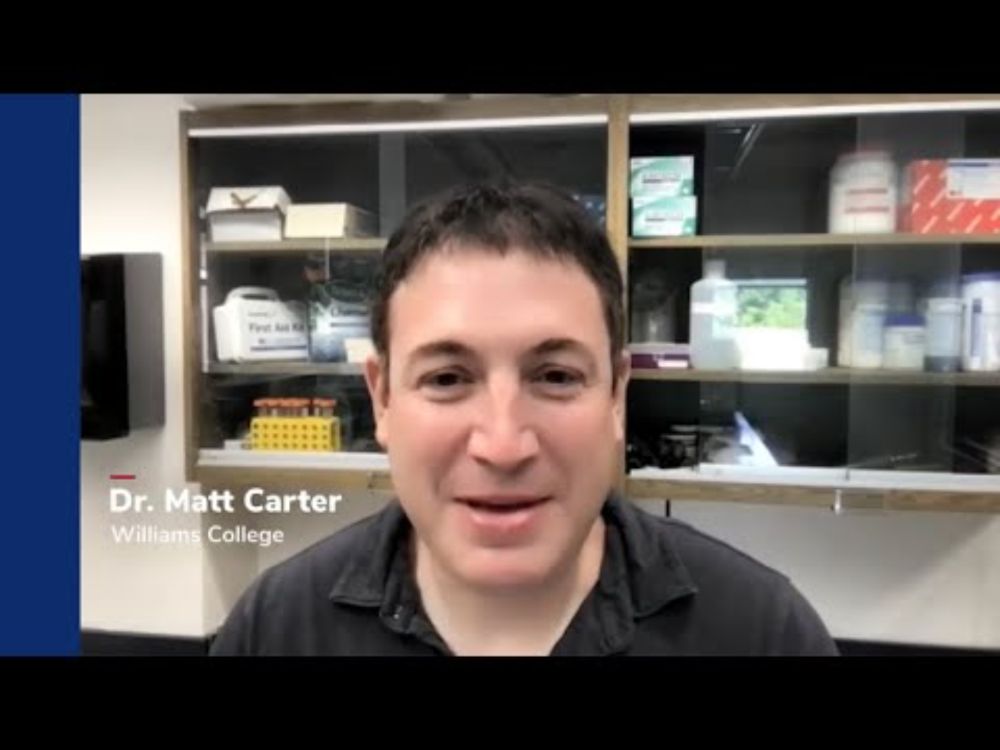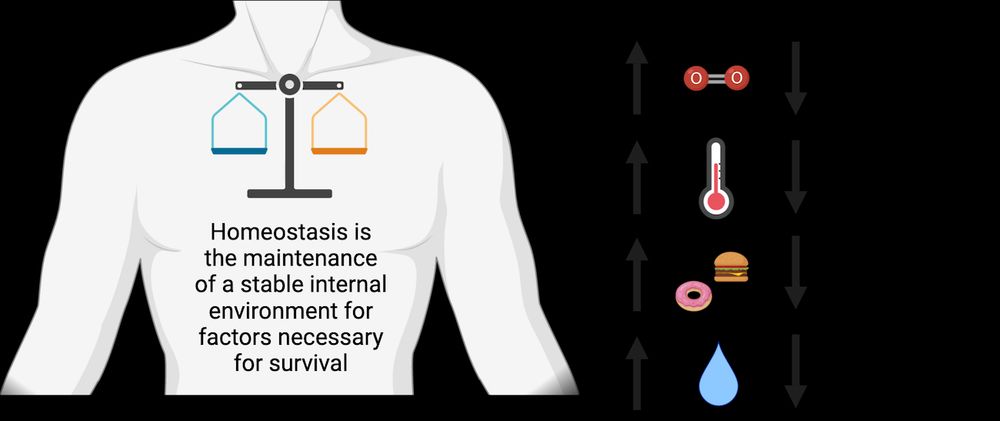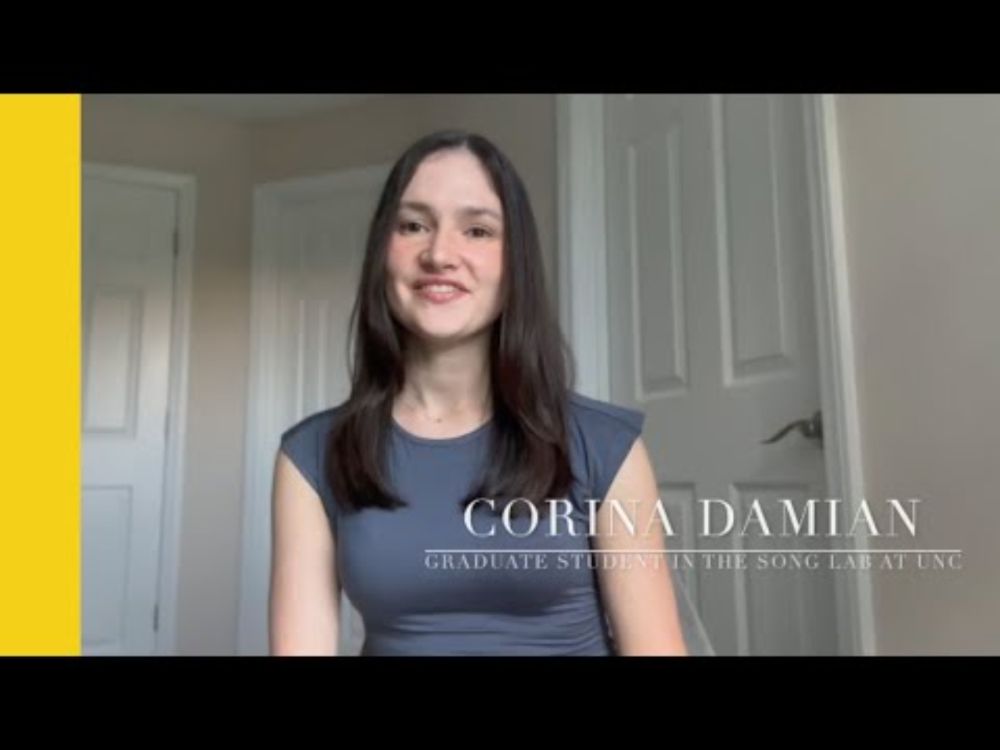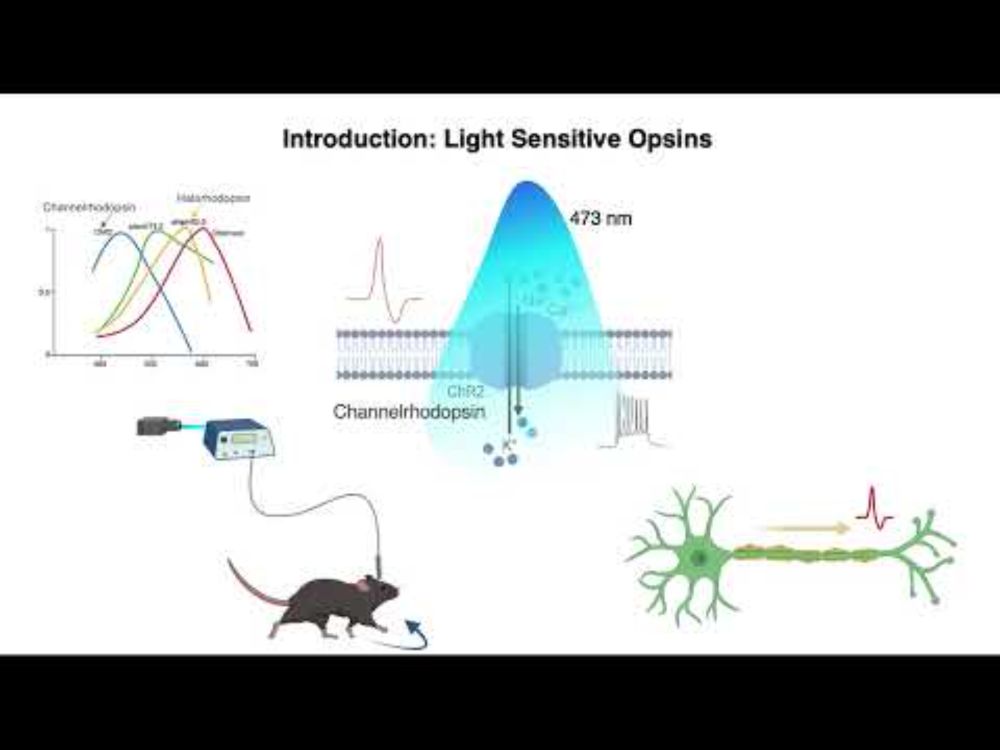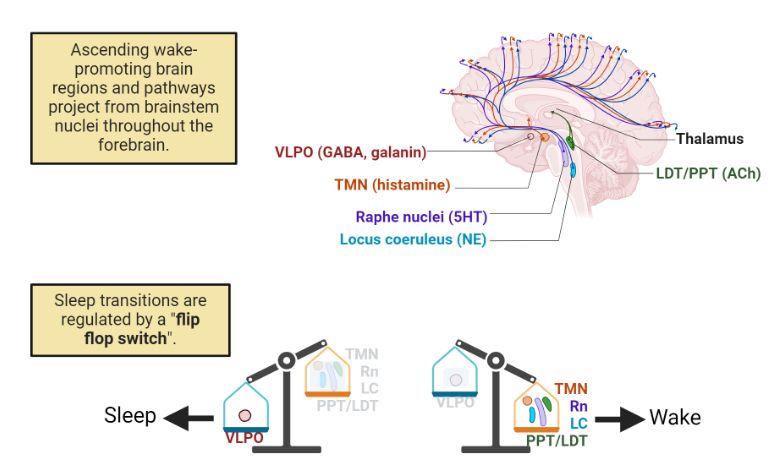Intro to BN open textbook
@introtobn.bsky.social
270 followers
25 following
100 posts
Home of Introduction to Behavioral Neuroscience textbook. An open educational resource. We promote our own content and other open educational resources in neuroscience.
https://openstax.org/details/books/introduction-behavioral-neuroscience
Posts
Media
Videos
Starter Packs
Pinned
Neuronline (SfN)
@neuronline.sfn.org
· Mar 5

Why You Should Use This Open Access Textbook for Neuroscience Learning
<p>College education, including tuition and textbook costs, is simply too expensive. That is why Elizabeth J. Kirby, an associate professor at Ohio State University, and Christine Charvet, an assistan...
neuronline.sfn.org
Reposted by Intro to BN open textbook
Reposted by Intro to BN open textbook
Sydney Ashton
@sydneyeashton.bsky.social
· Feb 12
Reposted by Intro to BN open textbook
